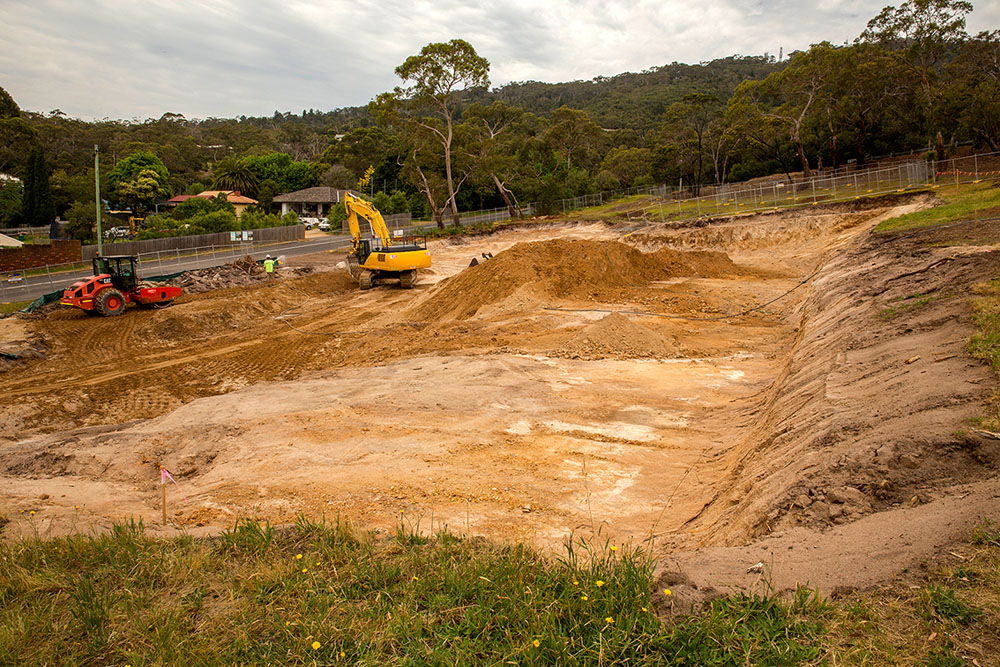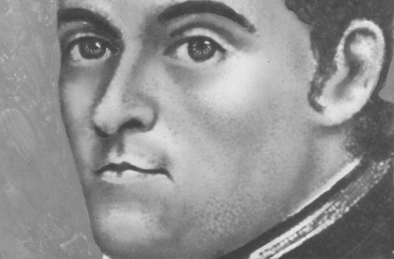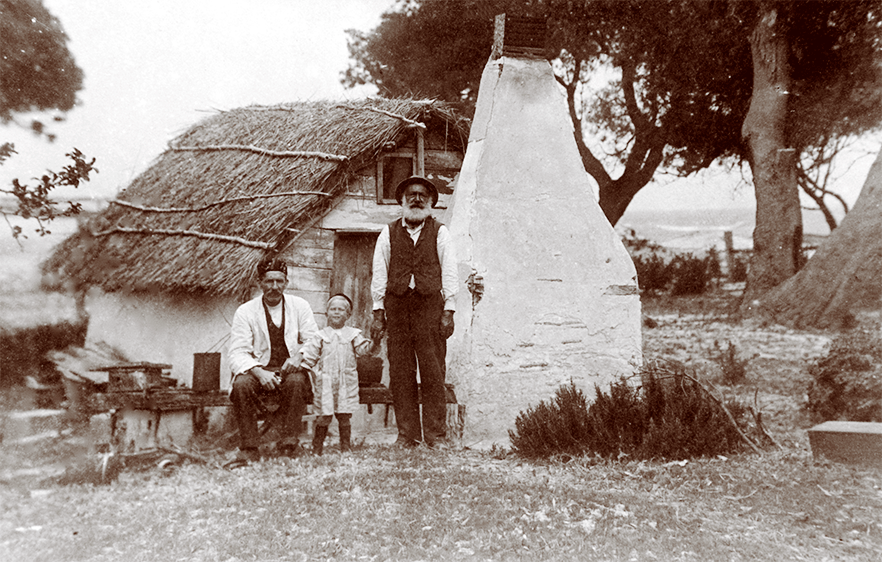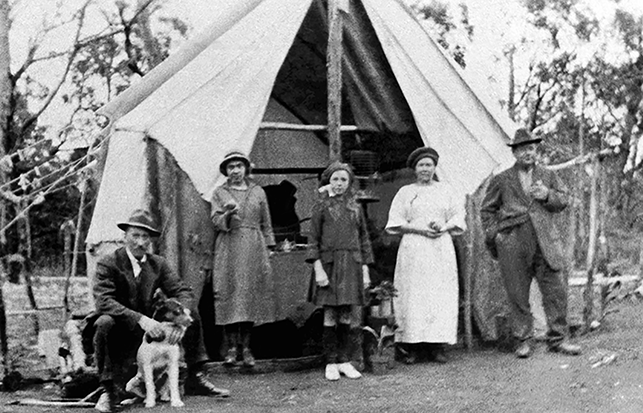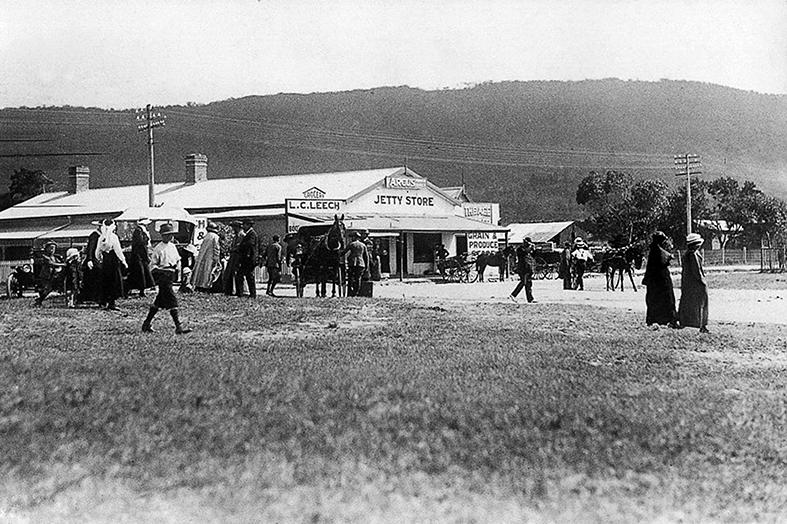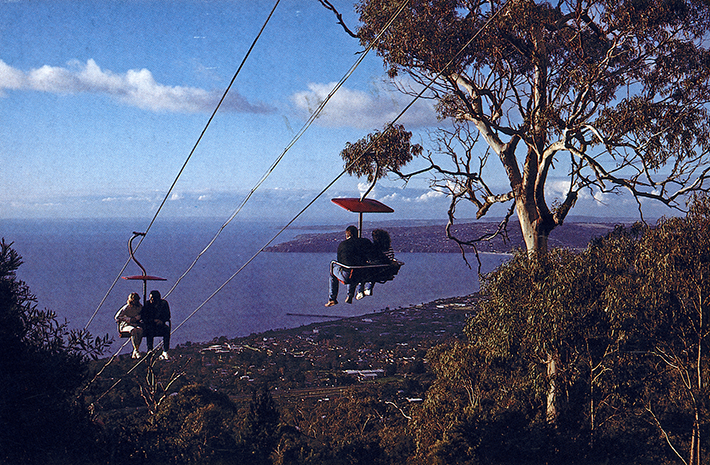Arthurs Seat History
Indigenous Australians have been a part of Australia's culture for over 40,000 years. In the Mornington Peninsula the indigenous tribe is known as the Boonwurrung people. Boonwurrung people traveled in groups of as many as 30 men, women and children in search of food and their territory extended along the northern, eastern and southern shorelines of Port Phillip, the Mornington Peninsula, Western Port and land to the south-east down to Wilsons Promontory.
The Boonwurrung (also spelt Bunwurrung, Bunurong, Boonwerung, Bunurowrung, Boonoorong and Bururong) are indigenous Australians of the Kulin nation. Prior to European settlement, they lived as all people of the Kulin nation lived, sustainably on the land, predominantly as hunters and gatherers. You can learn more about the culture of the Boonwurrung people at their website - www.boonwurrung.org.
The first British explorers entered Port Phillip Bay in 1802 and subsequently named the hill Arthurs Seat due to its resemblance to Arthurs Seat hill in Edinburgh, Scotland.
Captain Matthew Flinders was the first European to scale Arthurs Seat. He was an English navigator and cartographer, who was the leader of the first circumnavigation of Australia and identified it as a continent. He climbed the highest point near the shores of the southernmost parts of the bay, where the ship had entered through The Heads. Flinders reported back to Governor King that the land had "a pleasing and, in many parts, a fertile appearance". He stated on 1 May, "I left the ship's name on a scroll of paper, deposited in a small pile of stones upon the top of the peak". Here, Flinders was drawing upon a British tradition of constructing a stone cairn to mark a historical location. The Matthew Flinders' Cairn, which was later enlarged, is located on the upper slopes of Arthurs Seat a short distance below Chapman's Point and an easy walk from the Eagle.
The history associated with the immediate area provides an insight to the earliest European visitors to Victoria, as it is possible to view the location of the first settlement at Sullivans Bay, near Sorrento which was abandoned by Acting Lieutenant John Murray of the Lady Nelson in 1803 due to lack of fresh water. He consequently continued to Hobart, Tasmania. A variety of important members of the early settlements of the Mornington Peninsula have a strong connection to Arthurs Seat.
Access to the summit of Arthurs Seat was through Red Hill until the dirt track ascending the summit from Dromana was graded and opened to the public in 1929. In 1931 Howard Lawson started the development of the Garden of the Moon, originally the Hollywood Inn, bringing tourism to Arthurs Seat. The Garden offered attractions such as a dance hall, camera obscura, giant telescopes, a swimming pool, donkey rides and a wishing well. A lookout tower opened in 1934 (this tower was removed in 2012 due to health and safety concerns).
A chairlift ascending the hill of Arthurs Seat was opened in 1960 by Dr Vladimir Hayek and the State Park’s popularity grew. The chairlift was closed in 2006 and the infrastructure dismantled in late 2012 and early 2013.
The access road was widened and sealed in 1962, which enabled visitors’ easier access and more direct access from the Mornington Peninsula freeway.
Historical images courtesy of the Dromana and District Historical Society.
The Birth of The Eagle
Work began on constructing the Arthurs Seat Eagle in October 2015 after many years of planning - see the timeline of images below:
